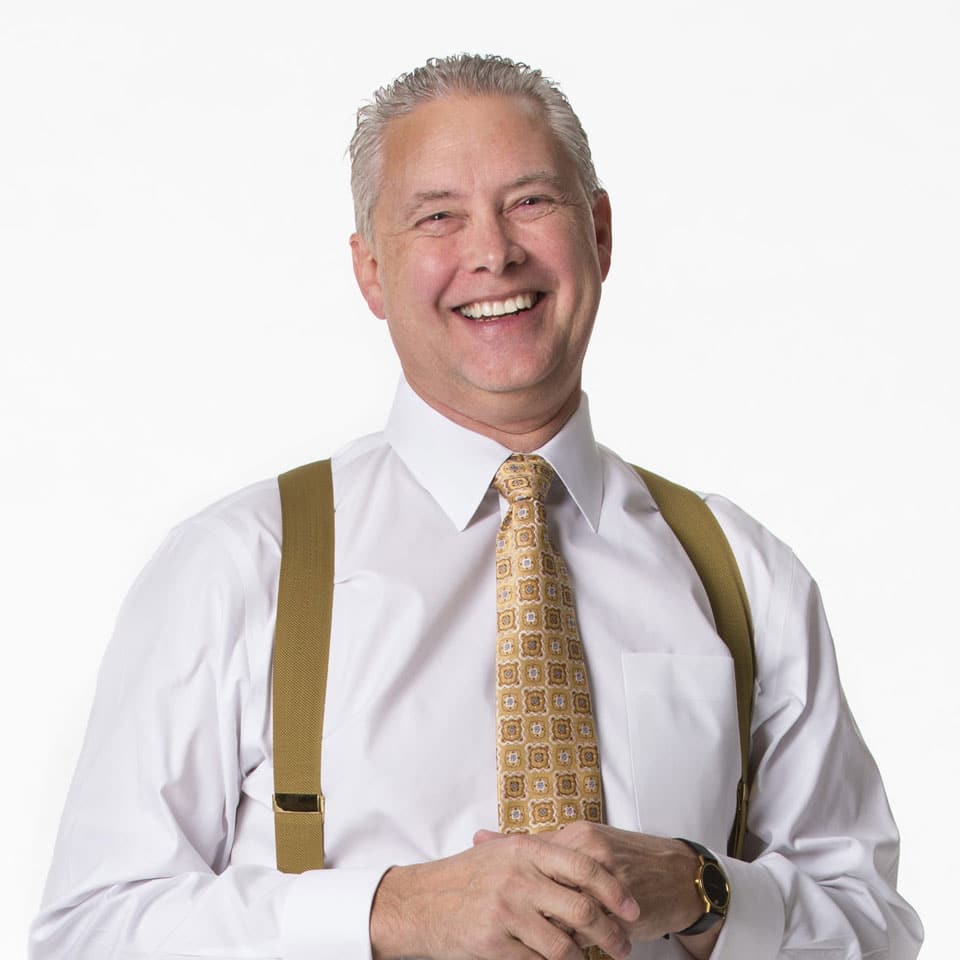How to Redesign an Existing Team to Maximize Success

The difference between conjuring up the team you envision from scratch and redesigning and changing how an existing team functions is not “yes, but”; it’s “yes, and.” Yes, all the design factors that go into building a team apply, whether the team already exists or not. And, there are several complicating factors. For example, the people who are already doing the work have a routine, and the fact that the where and when of the work is now changing may cause resistance.
Although you will include the team in this process, at this stage, you are probably trying to get your own thoughts in order. This means we need to add a step— the new step 3—to the process we’ve already shared. Now the steps look like this:
- Think big picture—create your dream design.
- Apply the design considerations.
- Look at the situation and constraints that you might not be able to talk about with the team.
- Finalize team design together.
After you have done your dreaming with the team, you need to look at the current situation. The team may be able to help you with some of this analysis, but some pieces may still fall to you as the leader. Before you finalize your design, consider the following:
- Who are the current team members?
- What does the existing team design and structure look like?
- What other constraints exist?
- How does the existing situation and design impact the 3Cs (Communication, Collaboration, and Cohesion)?
What Does the Existing Team Design and Structure Look Like?
Leaders need to think about the interpersonal dynamics at work. It’s tempting to apply labels like, “team player” or “bad influence.” Remember that these sorts of labels, whether positive or otherwise, are often biased and that might not be helpful.
What’s needed is objective observation. Forget who people are, who they seem to be, or who they have been in the past, what’s important is what they actually do. Remember that accurately assessing motives is impossible since whatever we think is often colored by our own feelings and attitudes. What matters is behavior—especially future behavior. Here are some examples of what we are talking about:
- What do people do? Which behaviors do the team members prioritize? What is rewarded both in performance reviews and in the social climate?
- What has happened/is happening in meetings that encourages the team to settle for slipshod work or choose to make quality decisions?
- What behaviors do the leaders engage in (positive or not) that influence the rest of the team?
- What do people in the rest of the organization do that support or hinder your team’s work? For example, if people receive tasks early but then just let them languish on someone’s desk, it is obvious that time is not a priority to everyone.
- How do your answers to these questions impact the design you want to implement?
How Does the Existing Situation and Design Impact the 3Cs?
Your draft design considered your goals for the three pillars of communication, collaboration, and cohesion. What does the existing design look like in these areas? As you think through the current state, you might find big gaps in one or more of these areas. If you desire strong relationships in your design, but currently they are weak or nonexistent, you know you have work to do in that area. If your meetings—whether in-person, virtual, or hybrid—are already relatively effective, you won’t need to focus as much effort there. Consciously thinking about the differences between the current state and your future design in these three areas will help you prioritize where the team needs to spend the most time.
Finalize the Design
Once you have considered how your current reality will affect your design, you need to factor that into your final design. Even if you have to tweak, delay, or overhaul your draft, remember that the initial vision work was important. Don’t lose that picture for you and the team. Perhaps you will just need to take an interim step before you can jump to your ultimate vision. Don’t lose sight of your ultimate goal.
Come back to the team with your analysis and questions based on the work you have done. You may be surprised by how on board they may be, and you will likely gain some valuable insight from them too. Continuing to engage them is the key to success in redesigning an existing team. Excerpted from The Long-Distance Team: Designing Your Team for Everyone’s Success by Kevin Eikenberry and Wayne Turmel (Berrett-Koehler).
Have you read?
The world’s top 20 most travel-obsessed countries, 2023.
The most Twitter-obsessed countries revealed, 2023.
The world’s top 10 most popular luxury brands for 2023.
The most fast food-obsessed countries in the world, 2023.
Who Are the Richest Sports Owners in the World, 2023?
Add CEOWORLD magazine to your Google News feed.
Follow CEOWORLD magazine headlines on: Google News, LinkedIn, Twitter, and Facebook.
Copyright 2024 The CEOWORLD magazine. All rights reserved. This material (and any extract from it) must not be copied, redistributed or placed on any website, without CEOWORLD magazine' prior written consent. For media queries, please contact: info@ceoworld.biz








